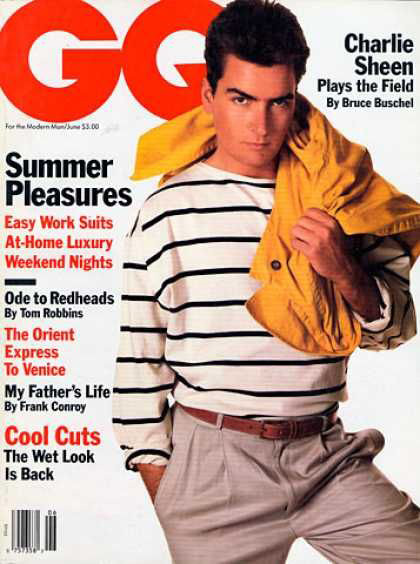Some scholars posit that commercial masculinity, the current change in conventional, normative masculinitybegan in the 1950s through the "heterosexual hedonist" featured in Playboy magazine. (Shugart 282). Similarly, since the 1950's the social roles of men and women have changed. The success of women's movements has altered the limits of traditional masculinity, leaving men conflicted about their role in society (Pompper 682). As the barriers between the genders have diminished, the appeal of accessories, grooming habits and health fads of men has grown (Shugart 285).
Ultimately, the 1980's are regarded as the prominent culture shift toward objectification of the male body (282). This shift is attributed to the proliferation of men's fashions, and a "new aesthetic codes" for how men were represented in film, television and advertising (282). These new representations of men brought in a new generation of men's lifestyle magazines where there had been very few before (Mooney 248).

